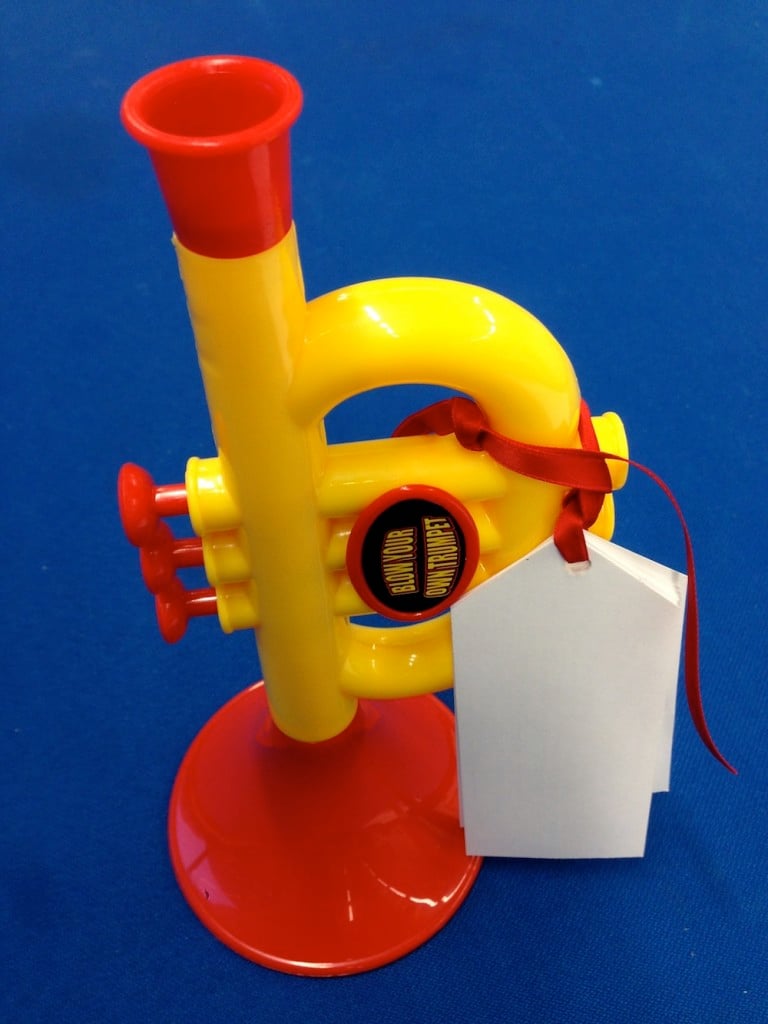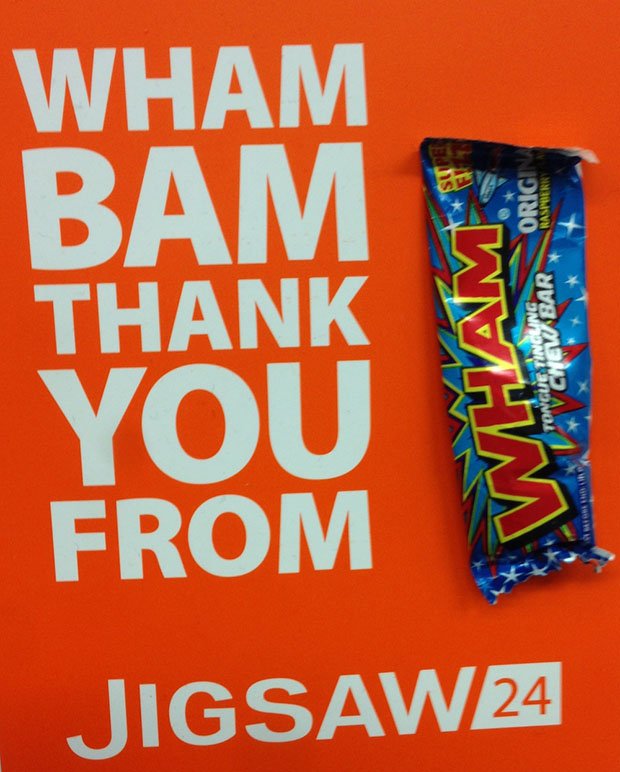With the Lincolnshire Show fast approaching, taking a stand at an exhibition is a great way for a company to promote itself and gain new customers.
Having worked in the exhibition industry for more than 25 years, I can honestly say I’ve loved every minute of it. I’ve worked for brands including Revlon, Jack Daniel’s, Rolls Royce and BRIO Toys, and helped them to exhibit all over the world.
Here’s a masterclass of all the things I’ve learnt about exhibiting over the years, distilled down to a few key points that are as applicable to the likes of Rolls Royce exhibiting at the Farnborough Airshow as they are to a new, start-up business exhibiting at a small Local Chamber of Commerce event for the first time.
Here are my top tips to get the most from marketing your business at an exhibition:
The Stand
Your stand is critical in making a first impression that determines whether visitors want to step over the threshold and come to talk to you, so please make sure you get your messaging correct!
I see so many generic, insipid exhibition stands that fail to inspire and engage visitors because they don’t really have a clue what the company is trying to sell them. This is often because exhibition stands are cobbled together at the last minute and firms think they’ve done enough in making sure the stand reflects the brand.
Make sure your stand has:
- A great layout – a stand should be easy to get on and off – which is why corner stands are the best, as there are at least two entrances. You also need to think about what visitors will do on the stand – bar stools and tables are probably the best options for people if you want them to sit down and chat.
- Strong branding – use lots of original imagery (not photos purchased from online photo libraries) because it’s important you stand out and don’t look like everyone else.
- Clear messages – your messages should tell visitors in an instance what you’re offering and how you can help them.
- A strong call to action – outlining the next steps (such as booking an appointment) is so important in setting visitors’ expectations.
- Clear contact information – some visitors don’t have time or are a bit shy of stepping onto your stand at an exhibition, so make sure contact details are clear and visible so that visitors can get in touch after the show.
The big idea
In terms of attempts to attract passers-by to walk onto a stand, I’ve seen the lot – from full-size F1 car simulators and full-scale Scalextric sets using 4x4s to clay pigeon shooting, coffee shops, full silver-service restaurants, traffic wardens, street magicians and 3D projectors.
All of these give a real wow factor and really draw people in to take part in an experience, but there does have to be a logical and easily recognisable link between the big idea and what your stand is selling.
The giveaways
Let’s face it, everybody loves a freebie at a show; most people hoover up pens, sweets and anything else that they can easily snaffle. It’s very easy to brand absolutely anything these days, so it’s a great opportunity to put your brand and contact details on things that visitors will keep and therefore can act as reminders for hours, days and even weeks later.
Where possible, you can get very creative with giveaways that reinforce the key messages of your exhibition stand and tie in with big ideas. For example, we recently ordered 2,000 branded packets of sunflower seeds to be hung from a tree and given away at an exhibition where the client was promoting ways to help people grow their businesses.
Staff on the stand
Make sure that everyone who works on the exhibition stand smiles. I see so many company representatives who look like they would rather be anywhere else than on their stands. Staff on stands who are not welcoming are the biggest barriers to visitors. In the same vein, I can’t abide it when I see staff sat down. It just looks wrong and it really puts people off coming onto the stand.
A reminder of these cardinal sins should be a key part of any briefing session, which, in itself, should be a prerequisite of preparations for exhibitions.
Don’t do the hard sell
I still can’t decide which is worse: staff who don’t smile on an exhibition stand or staff who use very aggressive sales tactics. Don’t do it. Exhibitions are where you woo prospective customers – not where you try to get them straight into bed!
Re-using the stand
If you’re going to commission a stand, factor in the possibly of re-using it. Well-designed stands should have a long lifespan and should be re-usable in different formats – if you know what you’re doing and how to design them correctly, even the pop-up types can be used time and time again.








